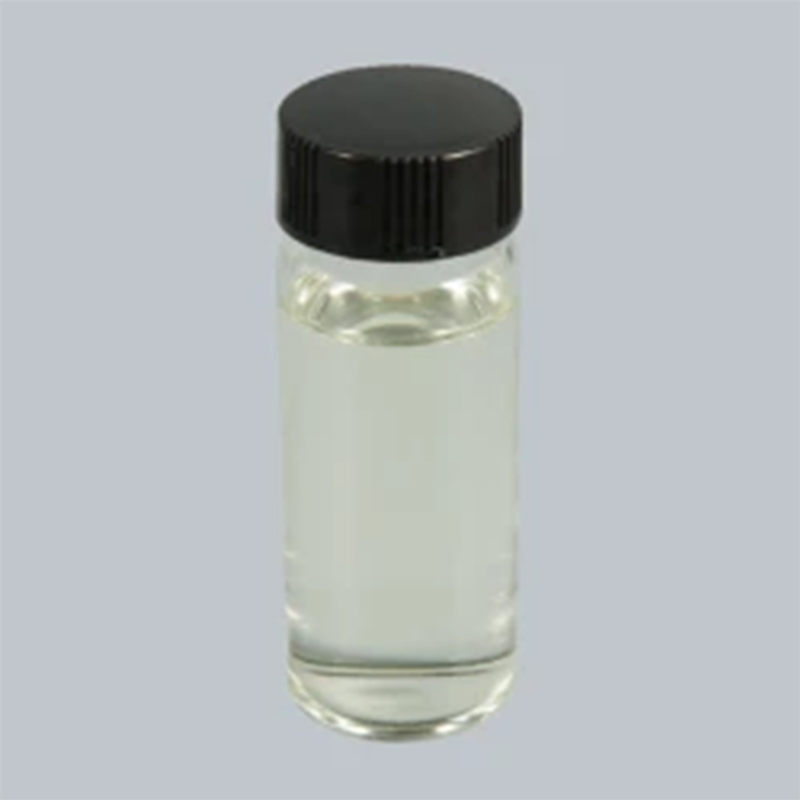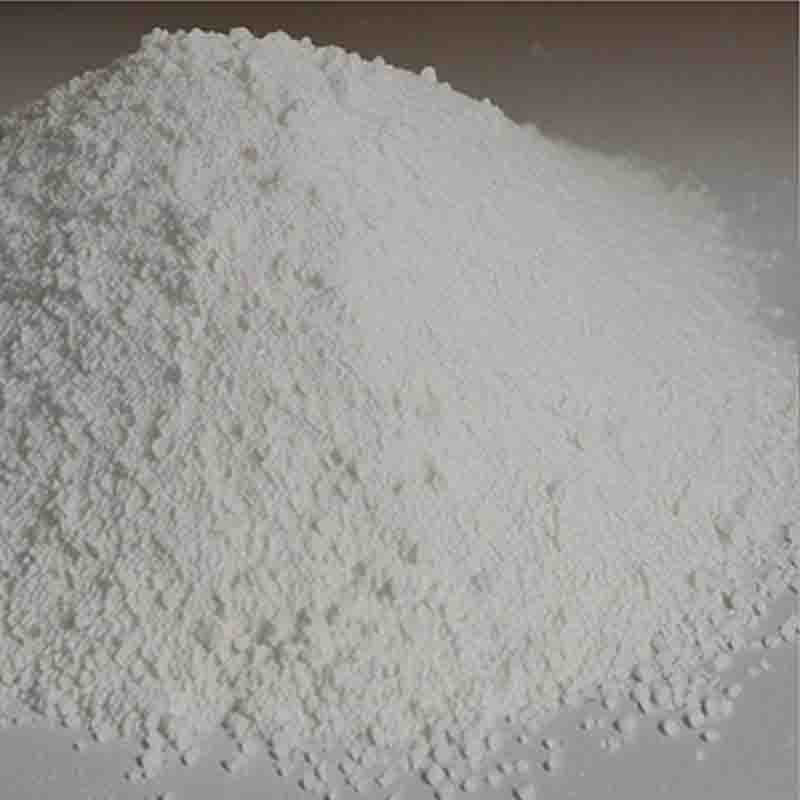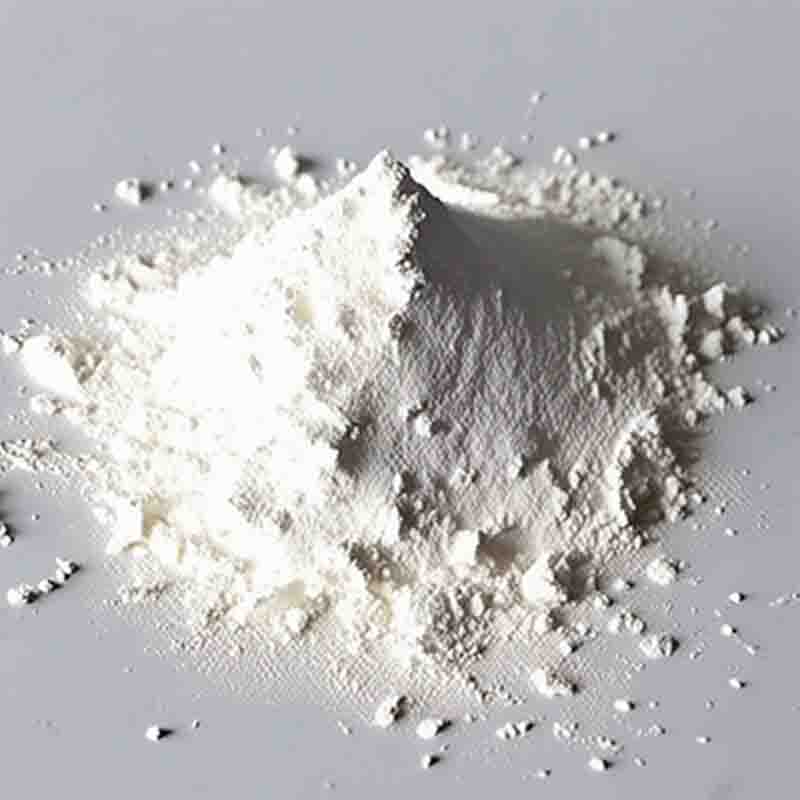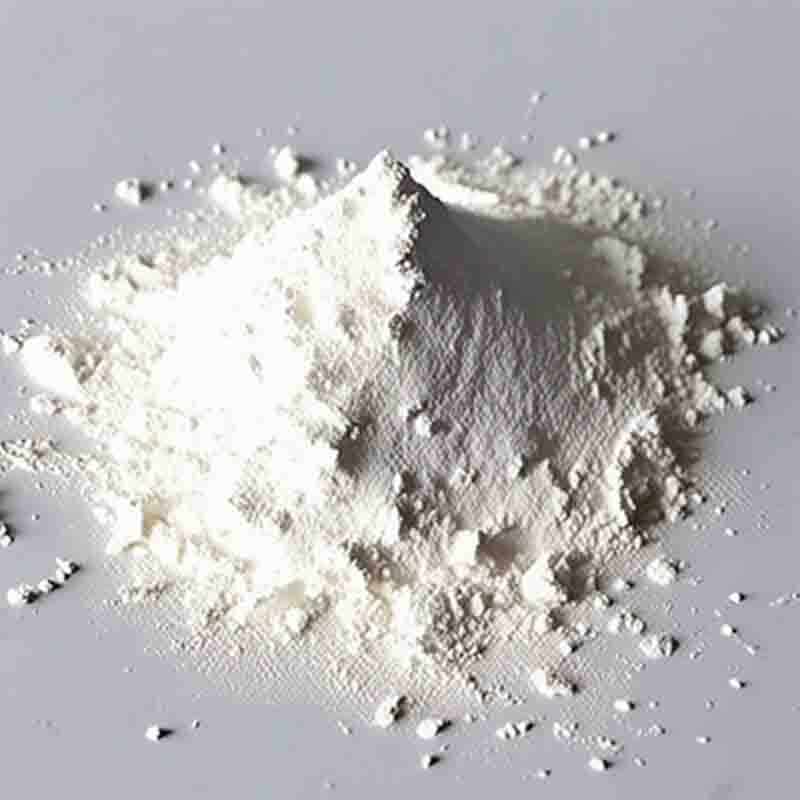4-[6-(6-BROMO-8-CYCLOPENTYL-5-METHYL-7-OXO-7,8-DIHYDRO-PYRIDO[2,3-D]PYRIMIDIN-2-YLAMINO)-PYRIDIN-3-YL]-PIPERAZINE-1-CARBOXYLIC ACID TERT-BUTYL ESTER CAS: 571188-82-4
| Catalog Number | XD93400 |
| Product Name | 4-[6-(6-BROMO-8-CYCLOPENTYL-5-METHYL-7-OXO-7,8-DIHYDRO-PYRIDO[2,3-D]PYRIMIDIN-2-YLAMINO)-PYRIDIN-3-YL]-PIPERAZINE-1-CARBOXYLIC ACID TERT-BUTYL ESTER |
| CAS | 571188-82-4 |
| Molecular Formula | C27H34BrN7O3 |
| Molecular Weight | 584.51 |
| Storage Details | Ambient |
Product Specification
| Appearance | White powder |
| Assay | 99% min |
4-[6-(6-bromo-8-cyclopentyl-5-methyl-7-oxo-7,8-dihydro-pyrido[2,3-d]pyrimidin-2-ylamino)-pyridin-3-yl]-piperazine-1-carboxylic acid tert-butyl ester is a compound with potential use in pharmaceutical research and drug development. Its complex structure and functional groups offer various opportunities for investigation and exploration of its therapeutic applications.One possible application of this compound is in the field of oncology. The presence of the bromo group and the pyrido[2,3-d]pyrimidin moiety suggests that it may have anti-cancer activity. The bromo group is known for its potential to inhibit cellular growth and induce apoptosis in cancer cells. Additionally, the pyrido[2,3-d]pyrimidin scaffold has been associated with anti-proliferative and anti-tumor effects. Thus, this compound can be further studied for its potential as a novel anti-cancer agent.Moreover, the cyclopentyl and methyl groups present in the structure make the compound lipophilic, which may contribute to its ability to cross biological barriers, such as the blood-brain barrier. This property opens up the possibility of using it in the development of drugs targeting diseases of the central nervous system, such as neurological disorders. The compound can be modified to enhance its selectivity and potency against specific targets involved in these diseases.In addition, the presence of the piperazine-1-carboxylic acid tert-butyl ester moiety suggests that the compound may have utility as a prodrug. Prodrugs are inactive compounds that can be converted into active forms inside the body. The tert-butyl ester group can serve as a protecting group, preventing premature activation of the drug before it reaches the desired site of action. Once it reaches the target tissue or cells, the ester group can be enzymatically cleaved, releasing the active drug molecule.Furthermore, the compound's pyridine and pyrimidine moieties indicate its potential as a pharmacophore for designing selective inhibitors for specific enzymes or receptors. These can range from kinases to G protein-coupled receptors, depending on the modifications made to the core structure. This compound can serve as a starting point for structure-activity relationship studies and lead optimization to develop potent and selective inhibitors for specific therapeutic targets.In summary, 4-[6-(6-bromo-8-cyclopentyl-5-methyl-7-oxo-7,8-dihydro-pyrido[2,3-d]pyrimidin-2-ylamino)-pyridin-3-yl]-piperazine-1-carboxylic acid tert-butyl ester demonstrates potential in various areas of pharmaceutical research. Its unique structure and functional groups can be further explored for anti-cancer activity, central nervous system drug development, prodrug strategies, and selective enzyme or receptor inhibition. Continued investigation and optimization of this compound may lead to the discovery of new therapeutic options with improved efficacy and target specificity.


![4-[6-(6-BROMO-8-CYCLOPENTYL-5-METHYL-7-OXO-7,8-DIHYDRO-PYRIDO[2,3-D]PYRIMIDIN-2-YLAMINO)-PYRIDIN-3-YL]-PIPERAZINE-1-CARBOXYLIC ACID TERT-BUTYL ESTER CAS: 571188-82-4 Featured Image](https://cdn.globalso.com/xdbiochems/白色粉末1041.jpg)
![4-[6-(6-BROMO-8-CYCLOPENTYL-5-METHYL-7-OXO-7,8-DIHYDRO-PYRIDO[2,3-D]PYRIMIDIN-2-YLAMINO)-PYRIDIN-3-YL]-PIPERAZINE-1-CARBOXYLIC ACID TERT-BUTYL ESTER CAS: 571188-82-4](https://cdn.globalso.com/xdbiochems/粉末72.jpg)





